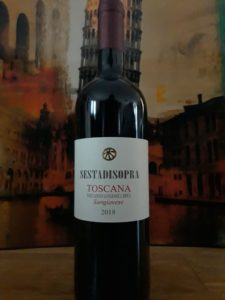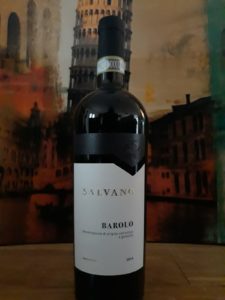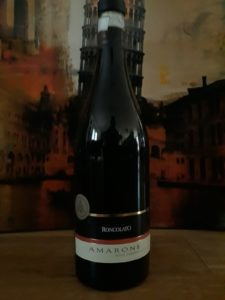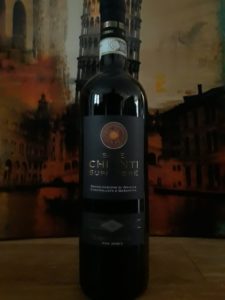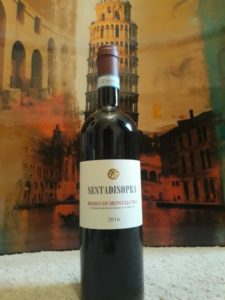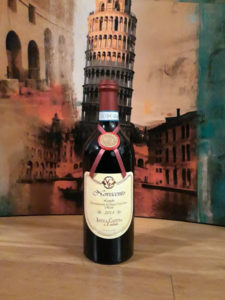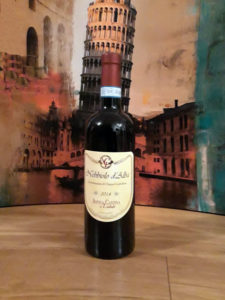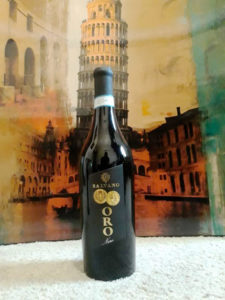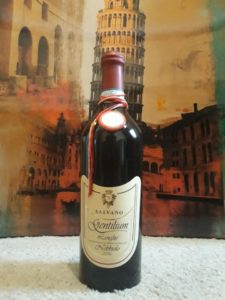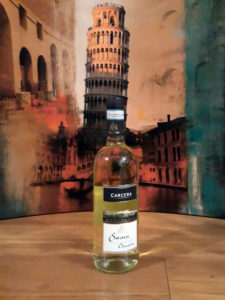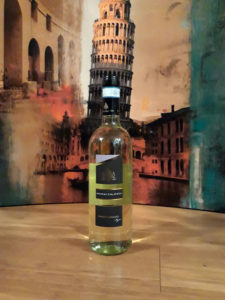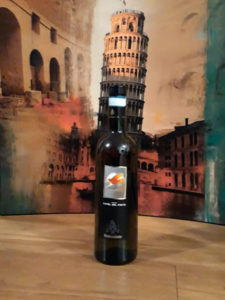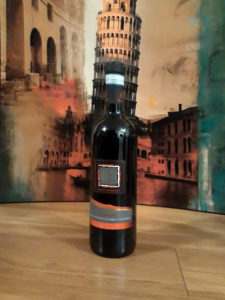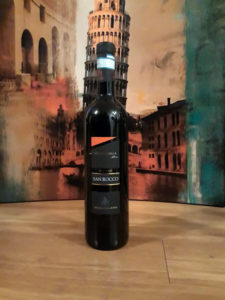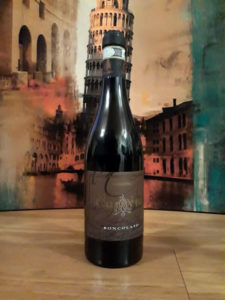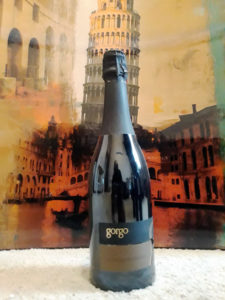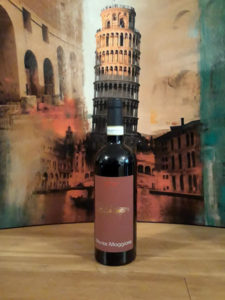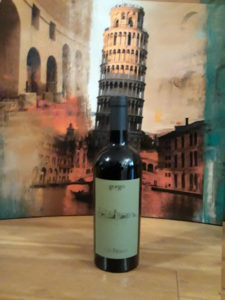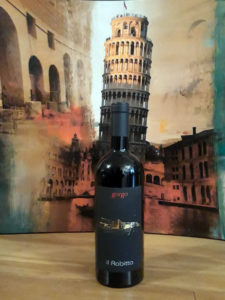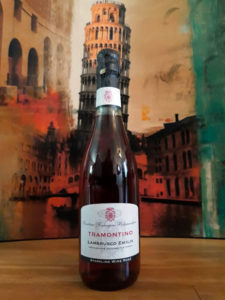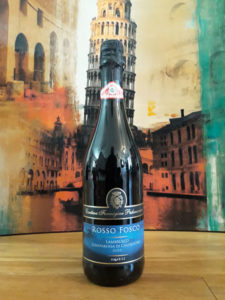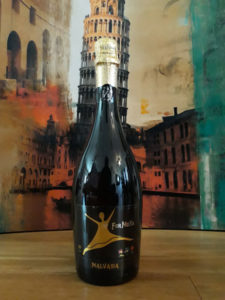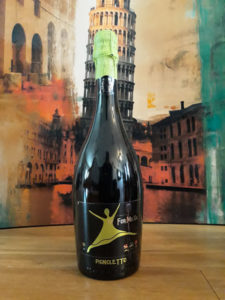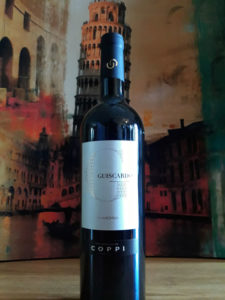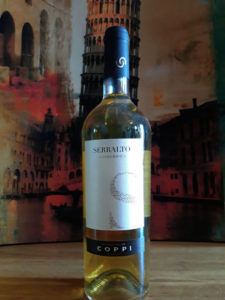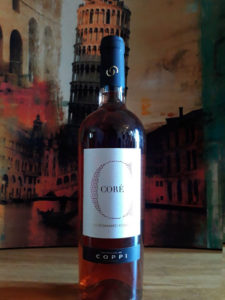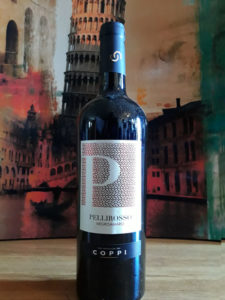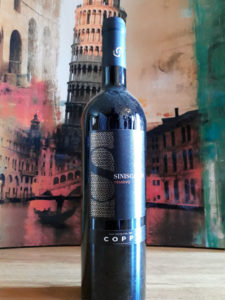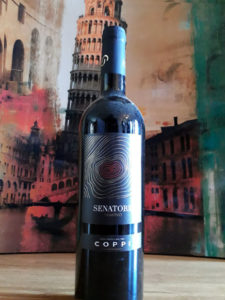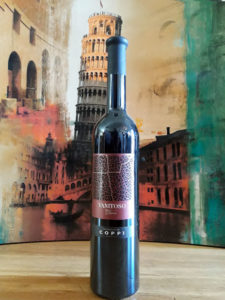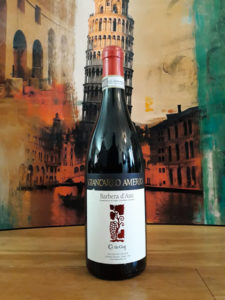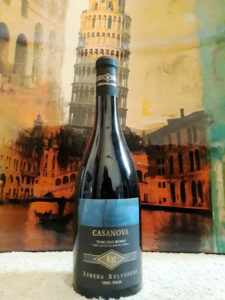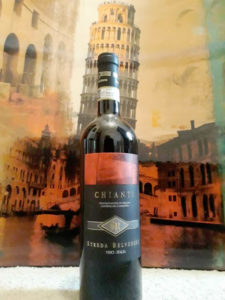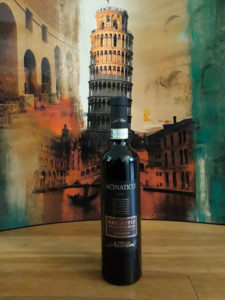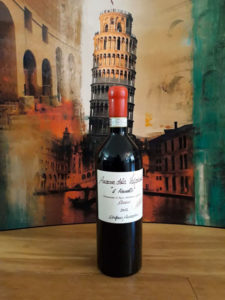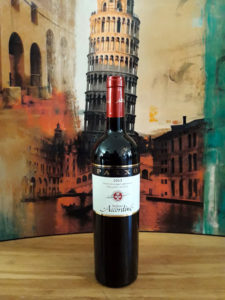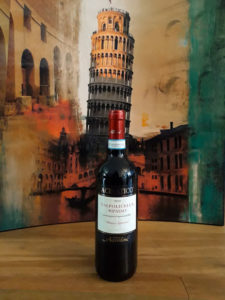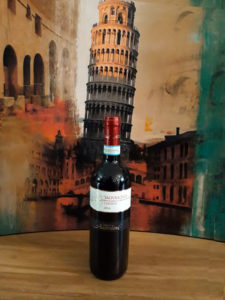How to Read an Italian Wine Label
- Post published:February 25, 2020
- Post comments:0 Comments
How to Read an Italian Wine Label
European labels can be difficult to read, especially those from Italy. A few key terms can help you understand the implications of the language on your bottle.
DOCG: An abbreviation for Denominazione di Origine Controllata e Garantita. It’s the top classification for Italian wines. Strict rules govern all aspects of production. They include where the grapes can be grown, what varieties are allowed and how wines can be aged. There are 74 DOCGs in Italy, with the latest addition in 2011.
DOC: An abbreviation for Denominazione di Origine Controllata. Is one step below DOCG. Rules govern production and style but aren’t as stringent as those for DOCGs. There are 334 DOCs in Italy, with the most recent additions approved in mid-2017.
IGT: An abbreviation for Indicazione Geografica Tipica. Introduced in 1992, this classification allows winemakers to use grapes and craft styles not allowed under DOC and DOCG regulations. There are currently 118 IGTs in Italy.
Riserva: Denotes a wine aged for significantly longer than usual, though rules vary among the denominations.
Superiore: Denotes a higher-quality designation, tacked on generally to a regional name (i.e., Soave Superiore).
Classico: Denotes wines from a zone within a region (i.e., Chianti Classico) –considered the original area of production.
Azienda Agricola: A farm or estate that produces its own grapes for the production of its wines.
Tenuta: Estate
Vigneto: Vineyard

